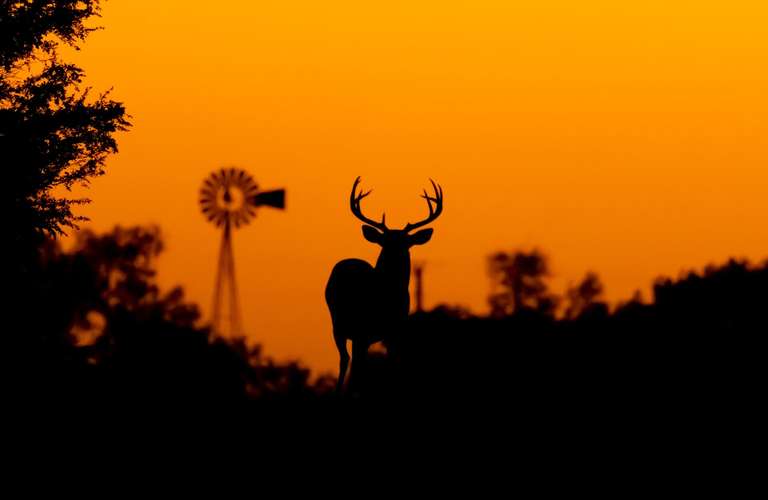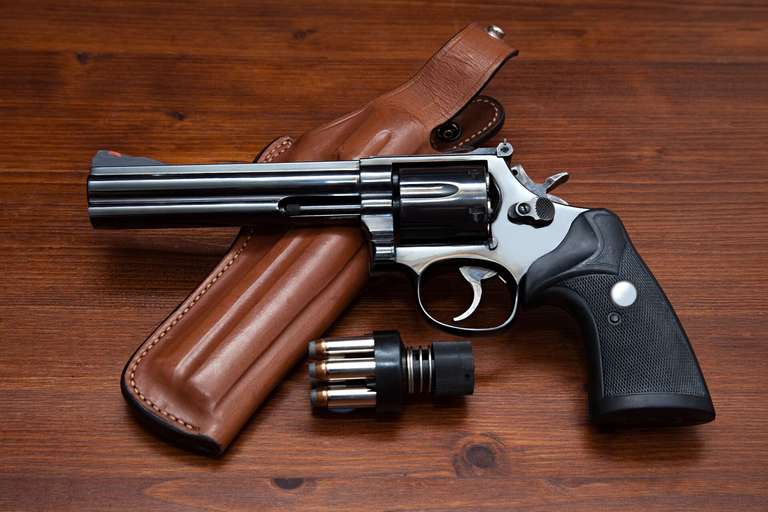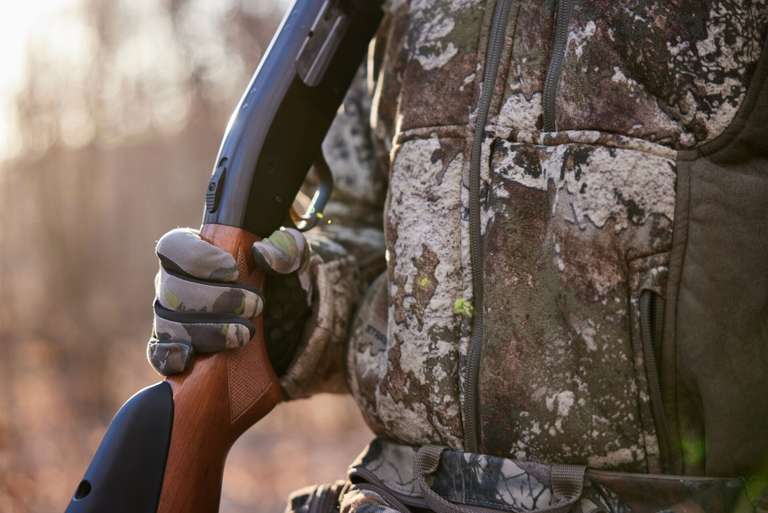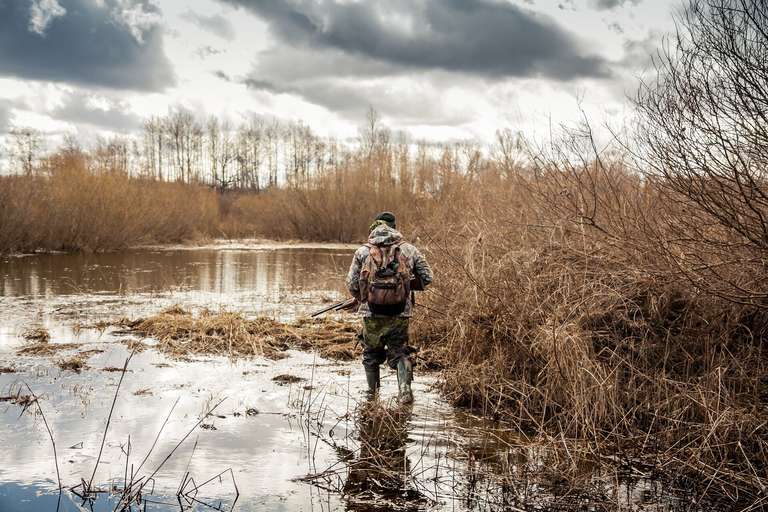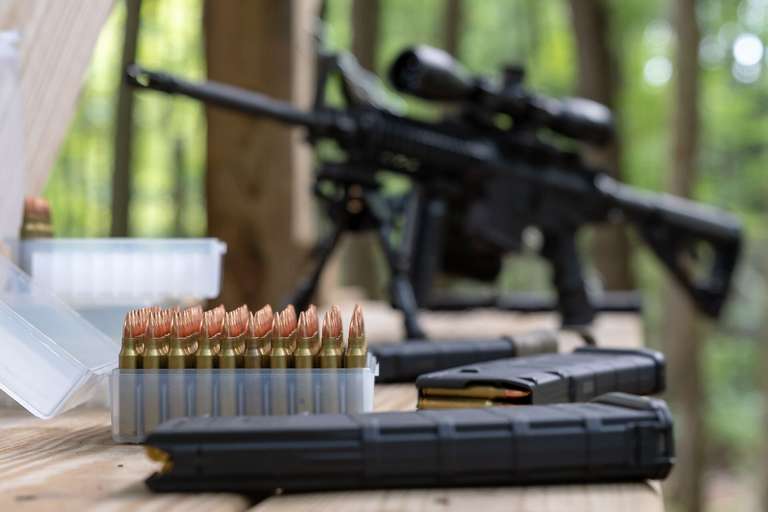11 Coyote Hunting Tips for Beginners
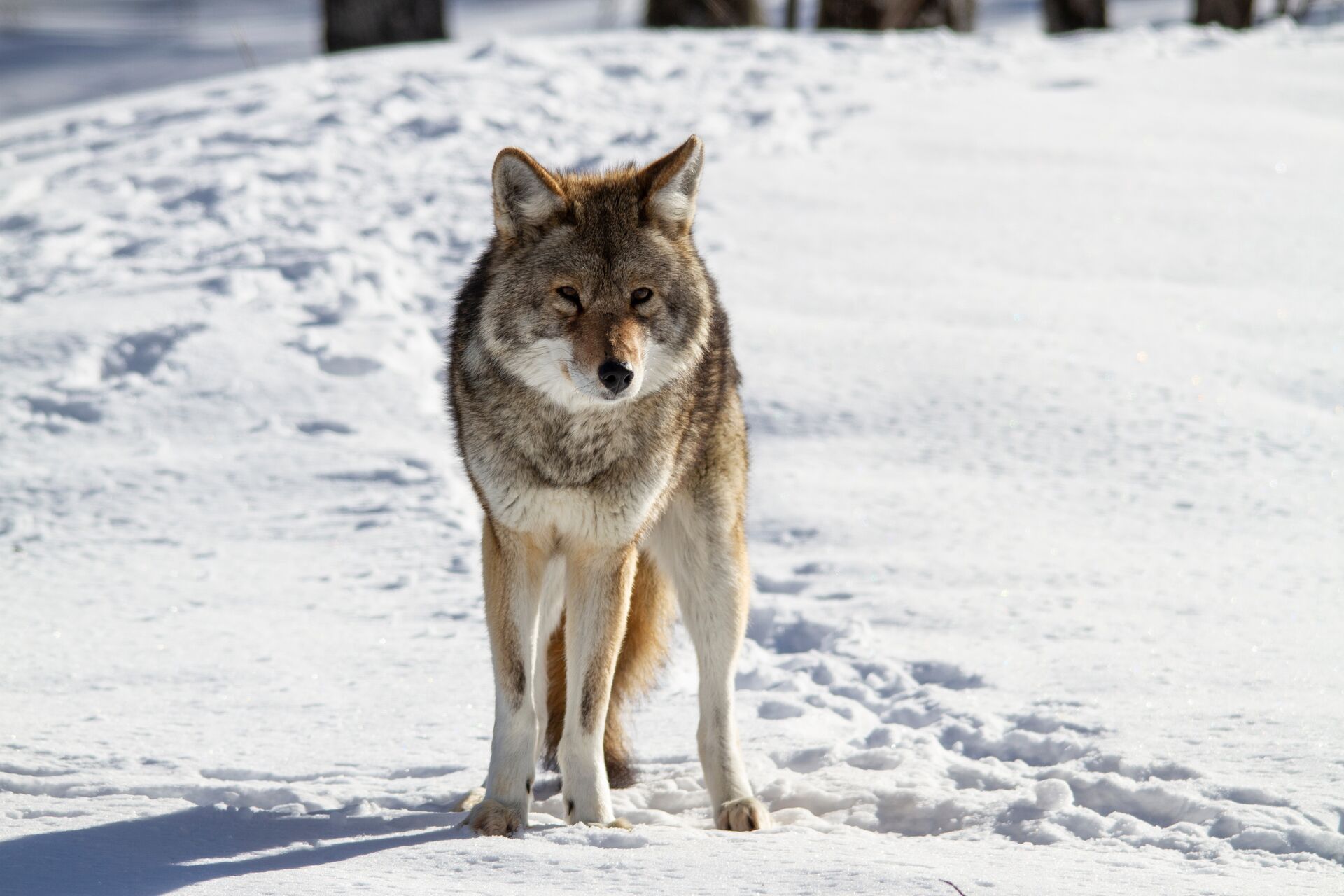
Coyotes present an exciting year-round challenge to any hunter willing to devote the time and effort to pursuing one of North America's more intelligent predators.
These animals are often harvested for predation management to protect livestock and pets and to maintain a balance in game animal populations. The coyote's pelt is also valued for garments and ornamentation.
If you're starting as a hunter and ready to add coyotes to your hunting list, these eleven coyote hunting tips for beginners will lay the foundation for success in the field.
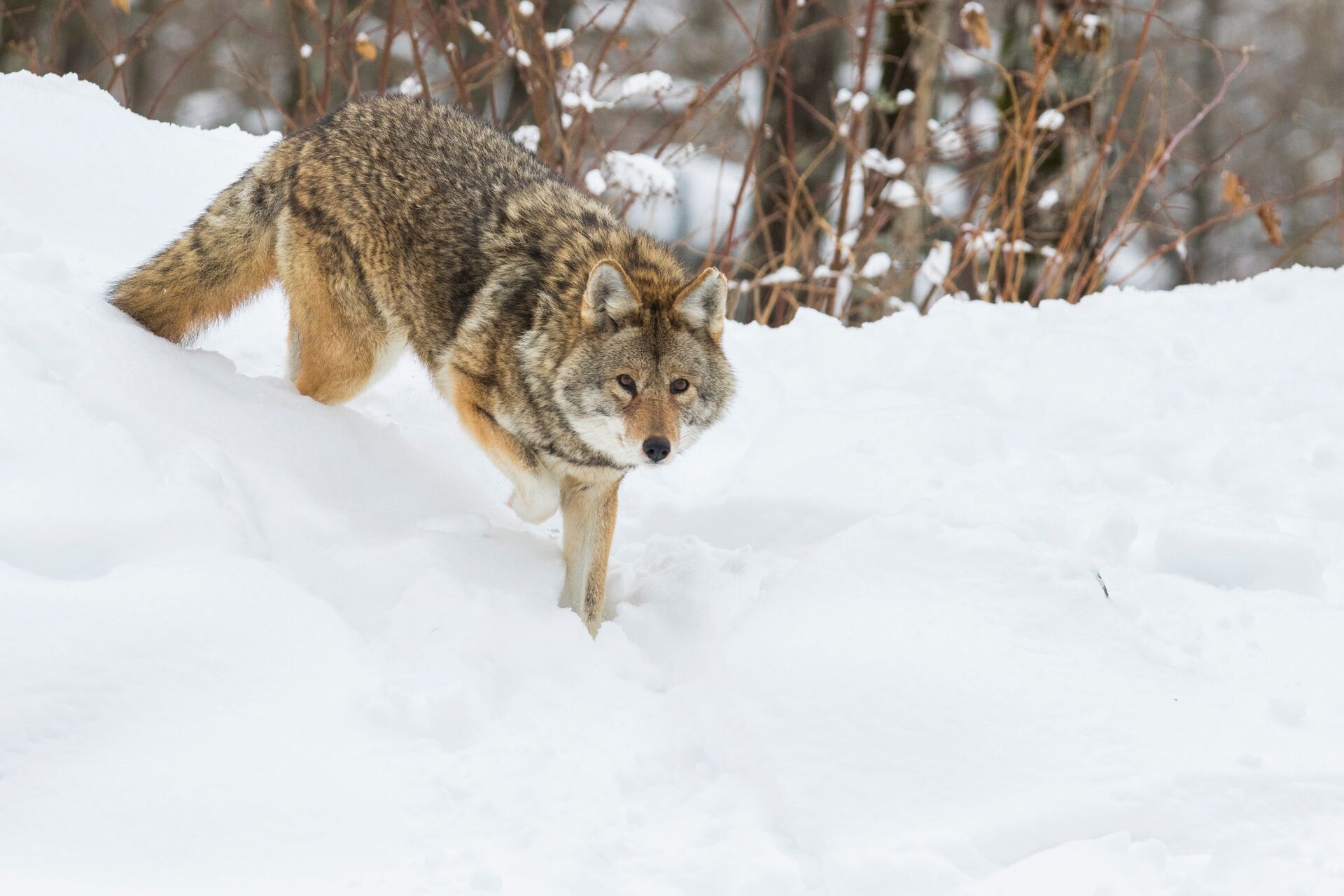
1. Understand Coyote Behavior
A large part of the coyote's success and rapid spread across America is due to its intelligence and adaptability. These traits have enabled the coyote to thrive in various environments and within proximity to humans.
The secret to finding coyotes is to find out what they eat. Coyotes are omnivores, consuming both animals and plants. However, meat is their preferred food source, so scout fields or wooded areas that provide habitat for small mammals, snakes, and birds. When prey is scarce, coyotes will turn to eating fruits and berries.
Your best bet to identify a coyote's diet is to examine its scat. Look for fur, bones, or seeds to help determine what the coyote is eating.
Coyotes are also territorial animals, with a pack claiming territory ranging from 4 to 15 square miles. They will aggressively defend that territory area against other coyotes.
At twilight, listen for the pack to communicate through howls and yips. These sounds can help you identify movement patterns and find the best spots to set up for your hunt.
2. Scout the Area
Look for tracks, scat, and fresh kills near game trails to see where coyotes are active. If it's legal where you're hunting, set up game cameras along trails and near water sources to collect intelligence on the coyote's preferred route and times for being active.
You can also use e-scouting tools like HuntWise to analyze terrain, identify water sources and transition zones, mark locations, and plan your hunt.
Note: After completing an ilearntohunt hunter education course, you get a free 30-day trial of HuntWise!
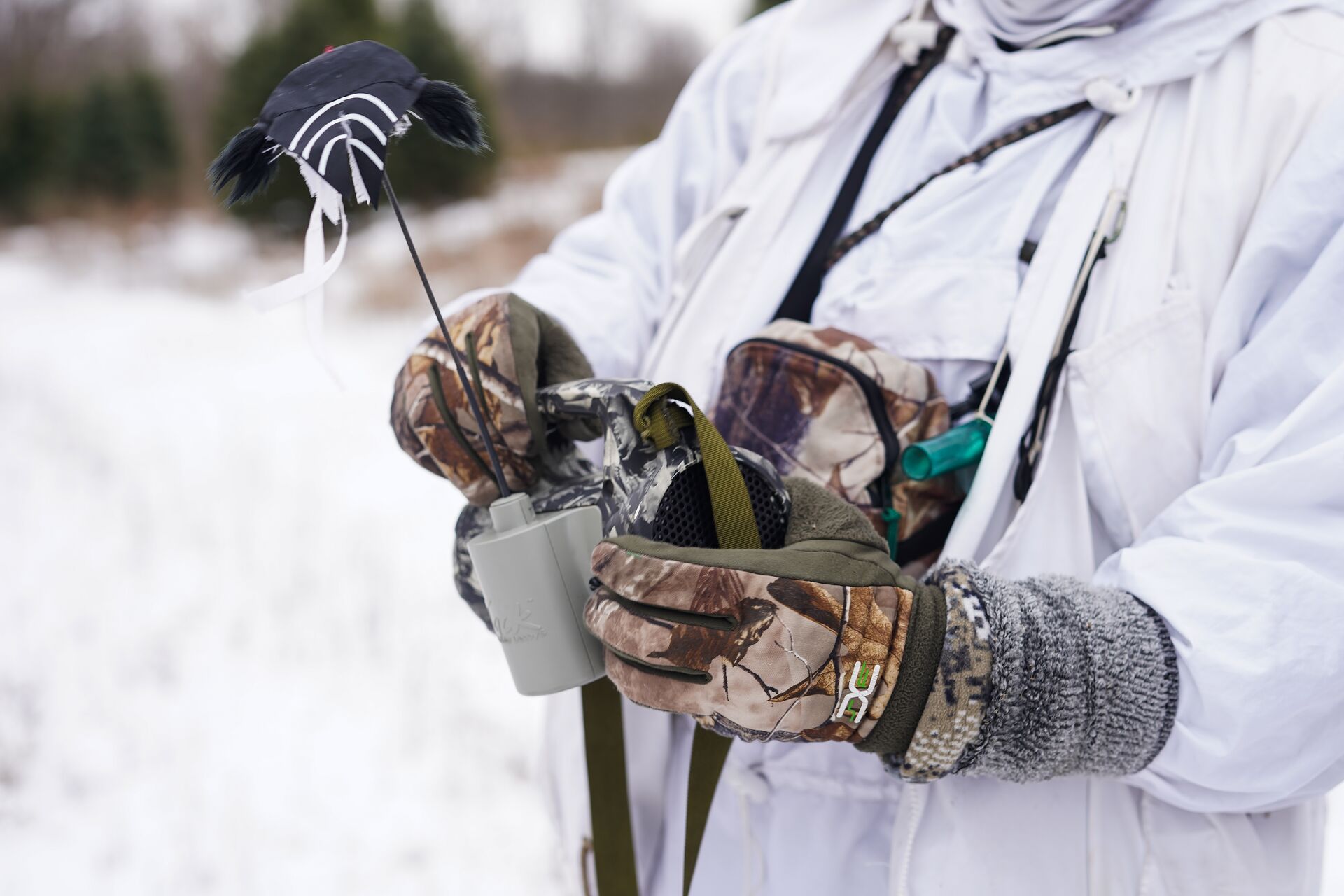
3. Choose the Right Gear
You'll need the proper gear to locate, identify, and ethically harvest coyotes.
Here are a few items to bring with you in the field:
- Coyote Calls: Invest in quality mouth or electronic calls (if legal in your area) to mimic the distress calls of prey animals like rabbits or fawns. Coyotes will learn to avoid specific calls if they've received a lot of hunting pressure, so be ready to switch up your sounds and calling frequency.
- Optics: Quality binoculars and rifle optics are key to identifying coyotes during daylight hunts. If you can hunt coyotes at night, consider using thermal optics to improve visibility in low-light conditions.
- Weapons: While coyotes can be hunted with a bow, most hunters prefer lightweight rifles with optics to maximize accuracy and lethality.
Popular calibers are .223, .22-250, and the .220 Swift. These cartridges deliver excellent terminal ballistics that can quickly kill a coyote when shot center mass.
4. Use Calls Effectively
Since you cannot sneak up on a coyote, you must bring the animal to you.
The best way to accomplish this is by calling. Try the following calls and tactics:
- Use Prey Distress Calls: These calls mimic the sounds of injured and dying rodents and fawns and attract coyotes looking for an easy meal.
- Use Challenge Howls or Barks: You can pick a fight with another coyote by making a challenge howl to provoke a territorial response. These sounds are more effective during the late January and early March mating season.
- Rotate Calls: Avoid educating coyotes by repeatedly using the same call. Switch up calls, sounds, times, and locations to minimize the chances of a coyote learning to ignore you.
Practice your calls before heading out for a hunt to minimize the potential for mistakes that could send coyotes running in the opposite direction.
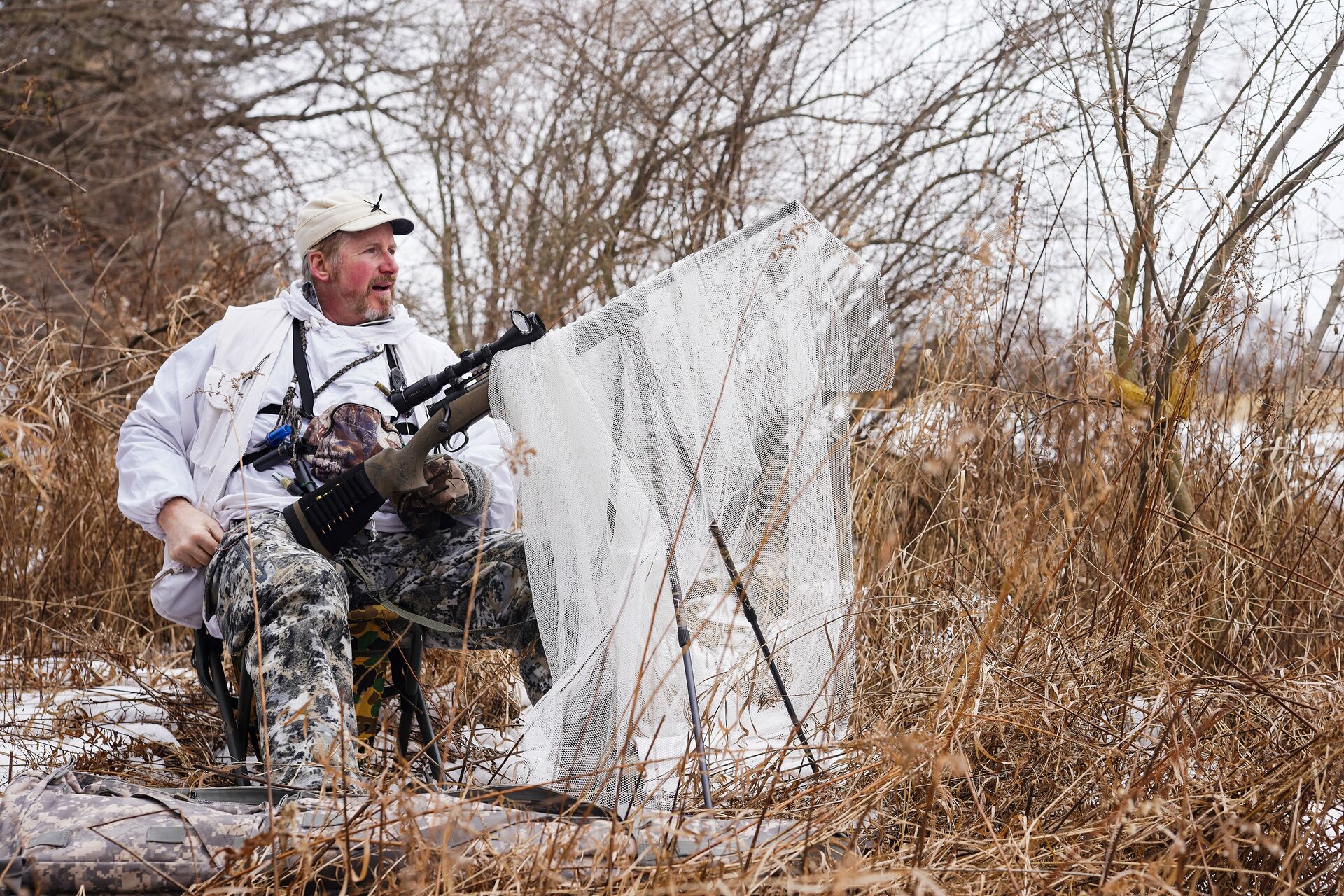
5. Choose the Right Camouflage
Coyotes have a highly developed sense of smell, hearing, and sight. You must defeat those natural superpowers and stay hidden until the coyote is in range.
While camouflage is helpful, pay more attention to light and shadows. Use natural covers like bushes, rocks, and trees to break up your outline and blend into the terrain's shadows. You should also cover highly reflective surfaces like your face and hands.
Also, keep an eye on wind direction. A coyote will smell you long before it sees you. Coyotes usually play the wind and will circle your position downwind from the calling source (you) to sniff out potential danger.
Experiment using scent eliminators on your hunting clothes to reduce the chances of getting discovered.
6. Perfect Your Setup
Set your ambush spot with a clear view of open areas and trails where coyotes will likely approach. Like most animals, coyotes like to travel down the path of least resistance and will often use roads and trails.
Use this knowledge to your advantage by setting up your rabbit or predator decoy in an open area where it will easily catch the coyote's eye. Make sure you are positioned downwind from the decoy to reduce the chances of the coyote smelling you.
7. Understand the Seasons
Knowing how a coyote moves and hunts throughout the year will determine which tactics to use.
In the winter, temperatures are low, and food is scarce. Coyotes are more active to consume the calories they need. They hunt throughout the day, providing more opportunities to see them.
Plus, they are easier to track if there is snow on the ground. As a bonus, a coyote's thicker winter coat offers a more valuable pelt.
In the spring, female coyotes spend March through May in their dens, giving birth to a litter of 4-7 pups and weaning them at around six weeks of age.
Coyotes are more territorial during this time of year and will be more likely to respond to challenge calls.
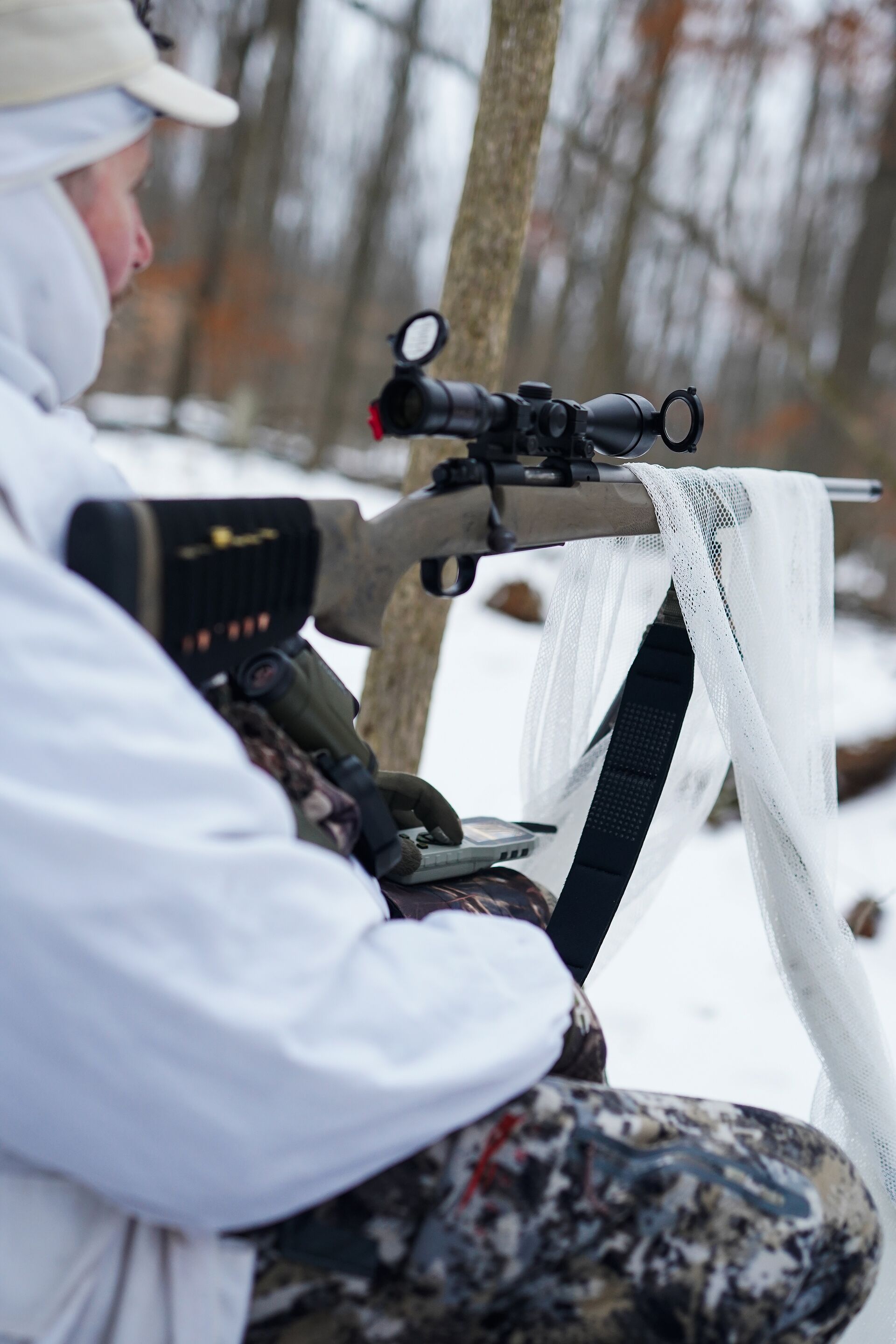
8. Stay Silent and Be Patient
This is one of the most important coyote hunting tips and tactics.
When hunting a coyote, you are testing your skills against an animal highly tuned to its environment. You need to sneak in quietly to your calling spot. That means no slamming car doors or talking to your hunting partner.
Get comfortable once you've reached your spot and set up the decoy. You will need to be still and silent for long stretches.
The best coyote hunters call intermittently, giving the predator time to respond and understand that coyotes are notorious for coming from the direction you least expect.
Give each calling location up to 30 minutes before moving. Coyotes can hear an animal's distress call up to three miles away on a calm night. So, give them time to react and travel to your set-up.
9. Know the Local Laws
Before you invest in thermal optics, rifles, or electronic calls, get familiar with the local hunting regulations from your state's fish and wildlife agency. Rules for hunting coyotes vary by state and even by region within the state.
These regulations will dictate what type of weapons you can use, your hunting hours, the legality of using night vision or thermal equipment, and electronic calls and decoys.
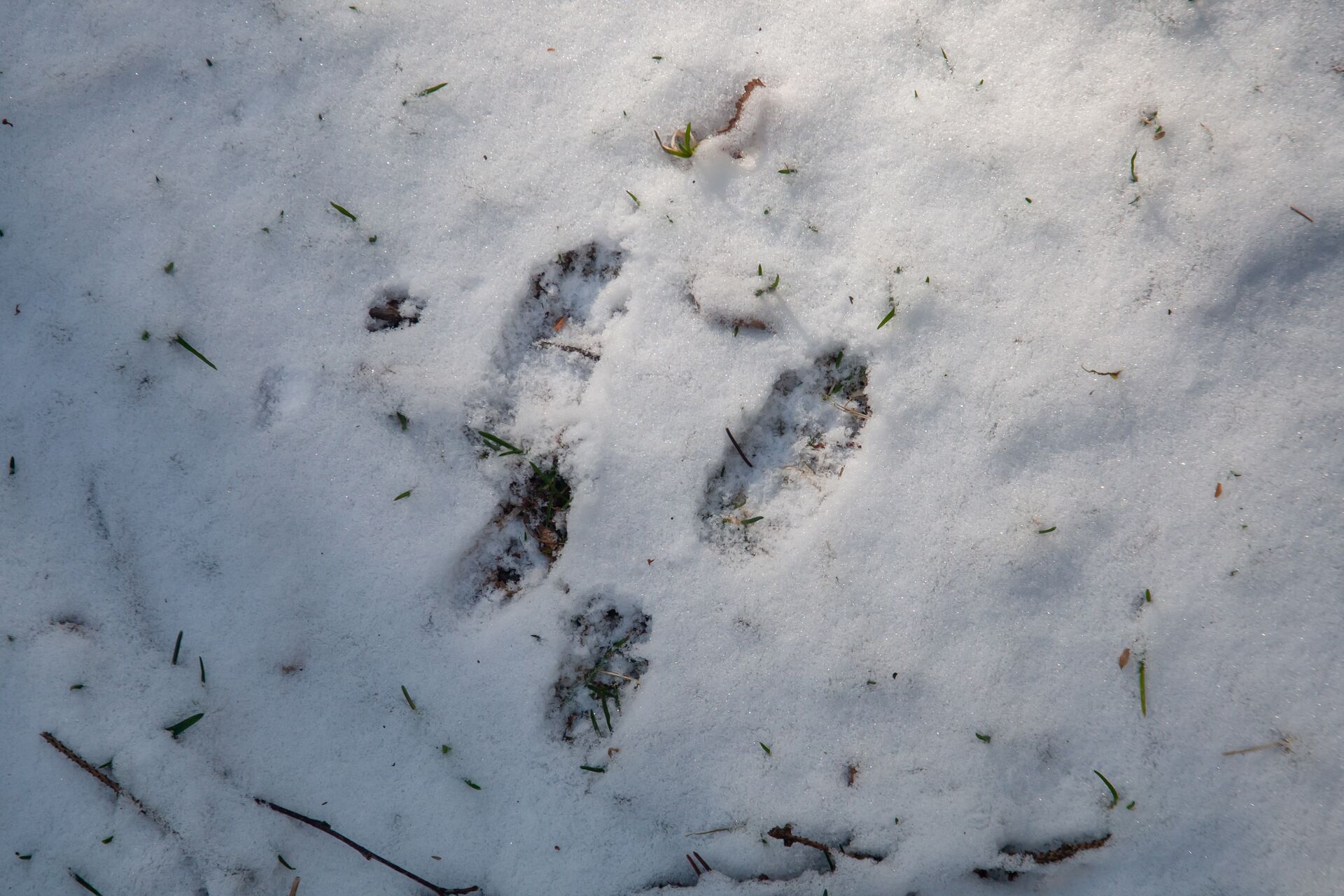
10. Team Up When Possible
Sharing the hunting experience with a friend or family member offers several advantages to hunting solo.
Consider teaming up with other hunters because the more people you have, the more eyes and ears can scan the terrain to spot the coyote before it sees you. Also, sitting back-to-back allows you to cover multiple directions and reduces the chances of a coyote sneaking past your position.
Remember to stay quiet. Use hand signals to communicate to avoid making noise.
11. Put Safety First
Coyotes can transmit several diseases like rabies, leptospirosis, distemper, parvovirus, and tularemia, so handle the carcass with caution.
Wear nitrile gloves when handling the remains or processing a pelt, and responsibly dispose of the carcass.
Remember also to follow the safety rules for firearms when in the field.
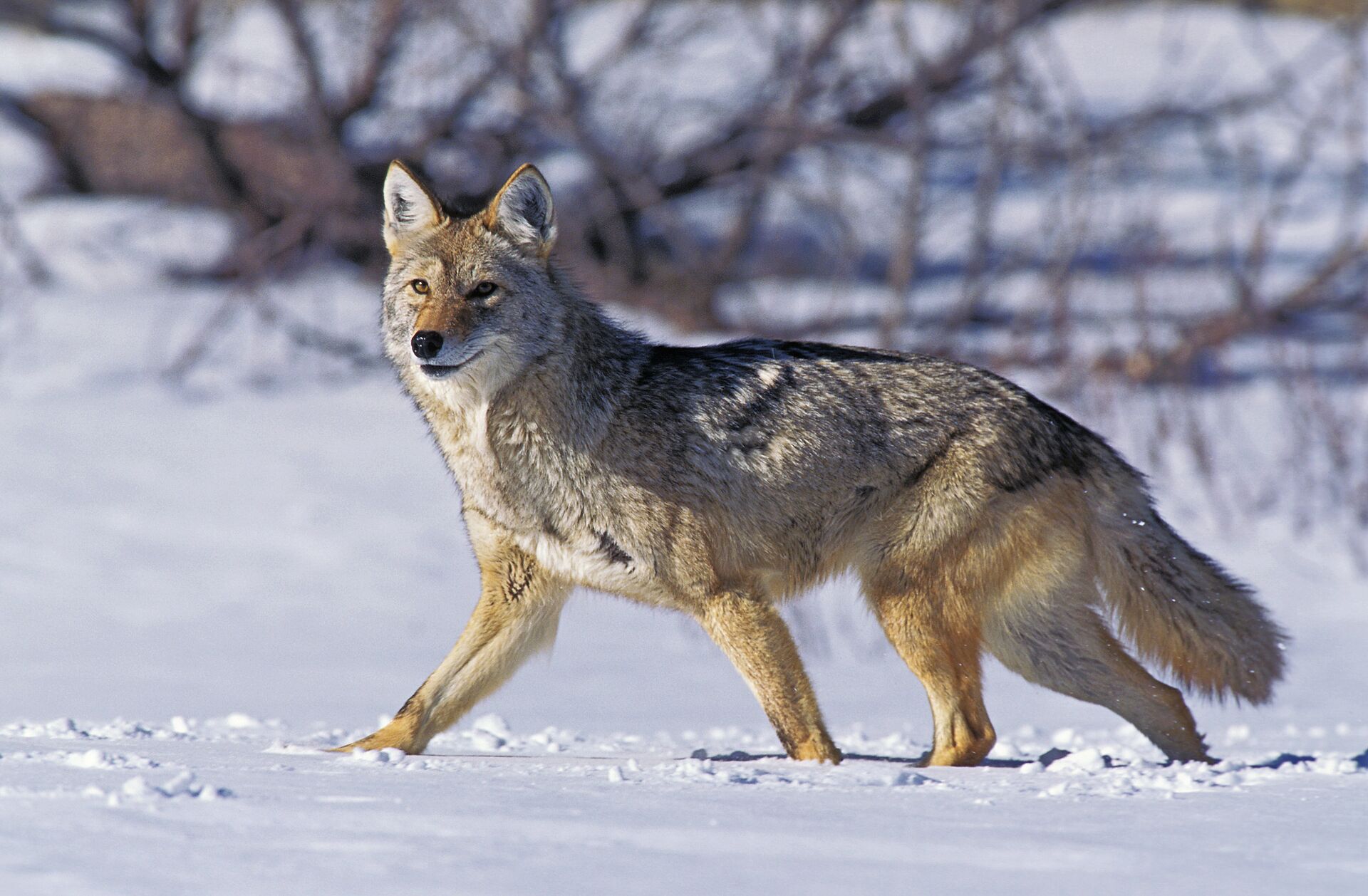
Follow These Coyote Hunting Tips for Beginners and Stay Safe in the Field
We hope these coyote tips for beginners help you with your first coyote hunt! While coyote hunting requires patience, preparation, and a lot of practice, many hunters have found it challenging, exciting, and rewarding. Always prioritize ethical hunting practices and firearms safety, whether hunting alone or with a friend.
Before heading out for a hunt, make sure you've taken a state-specific hunter education course, like those we offer here at ilearntohunt. Not only is a hunter education course likely required by your state, but the information in our courses can increase your skills in the field and make you a more skilled and responsible hunter.
Follow the tips we've shared today, choose the ilearntohunt online course for your state, and have a safe and successful hunt!

